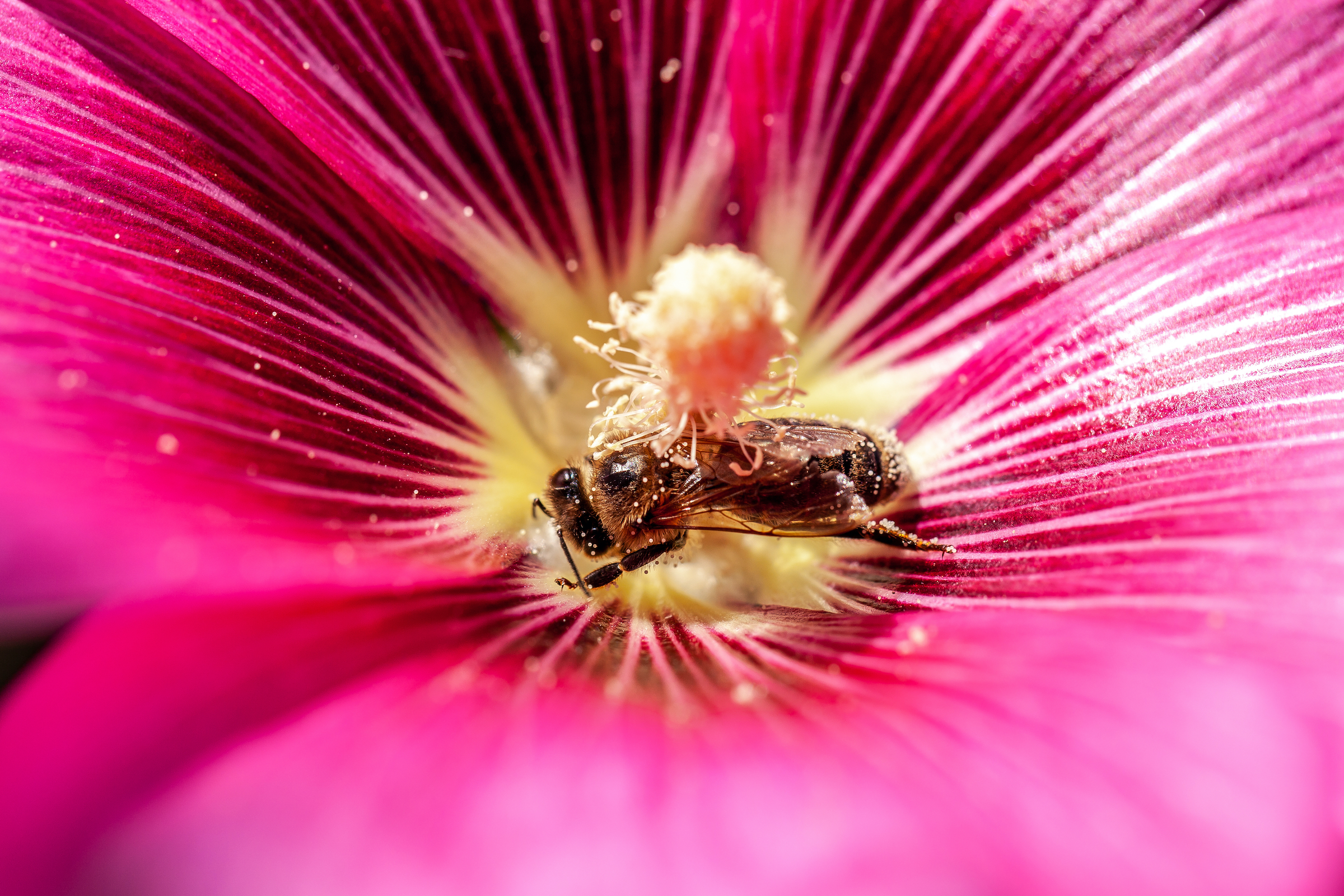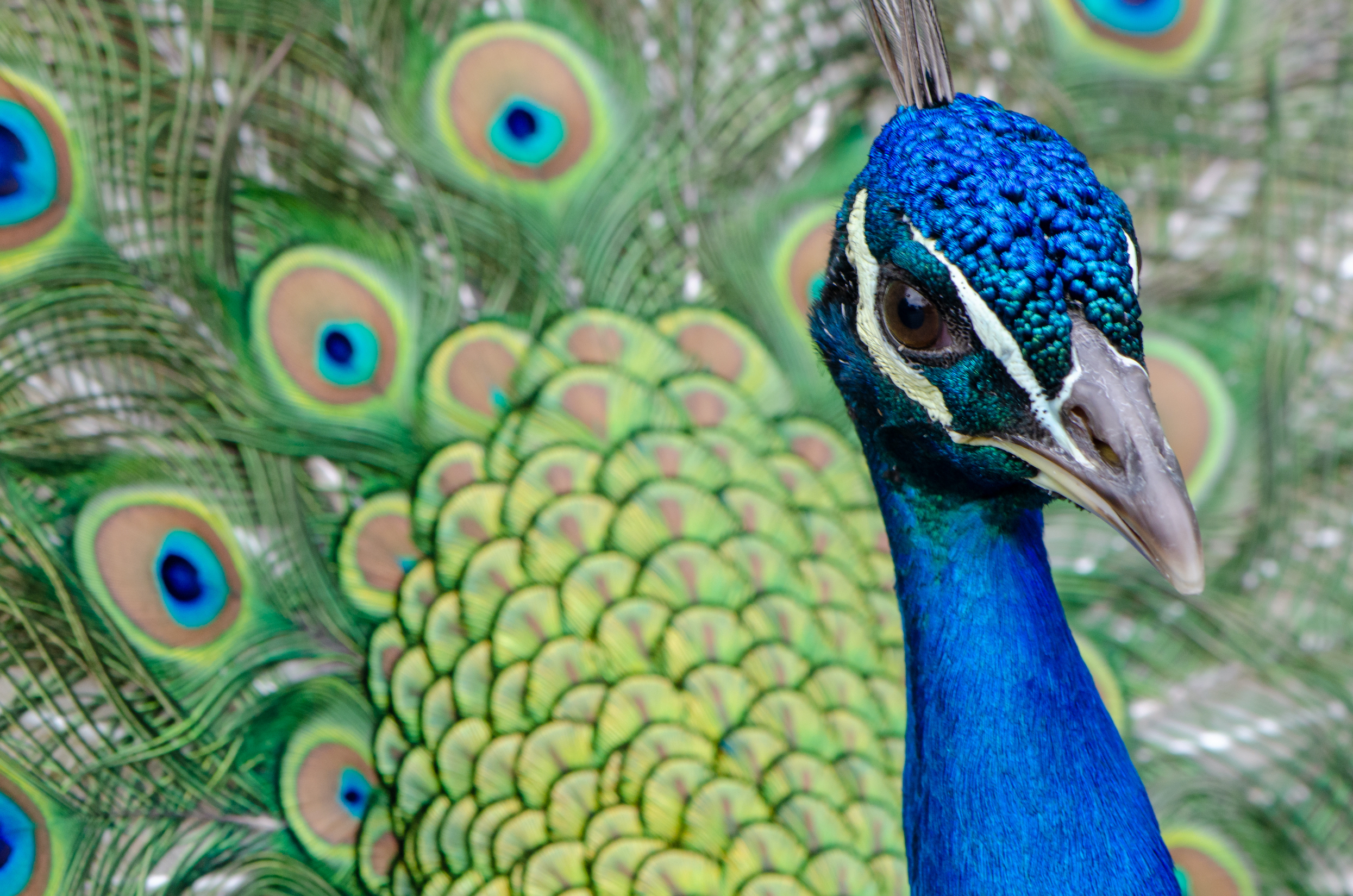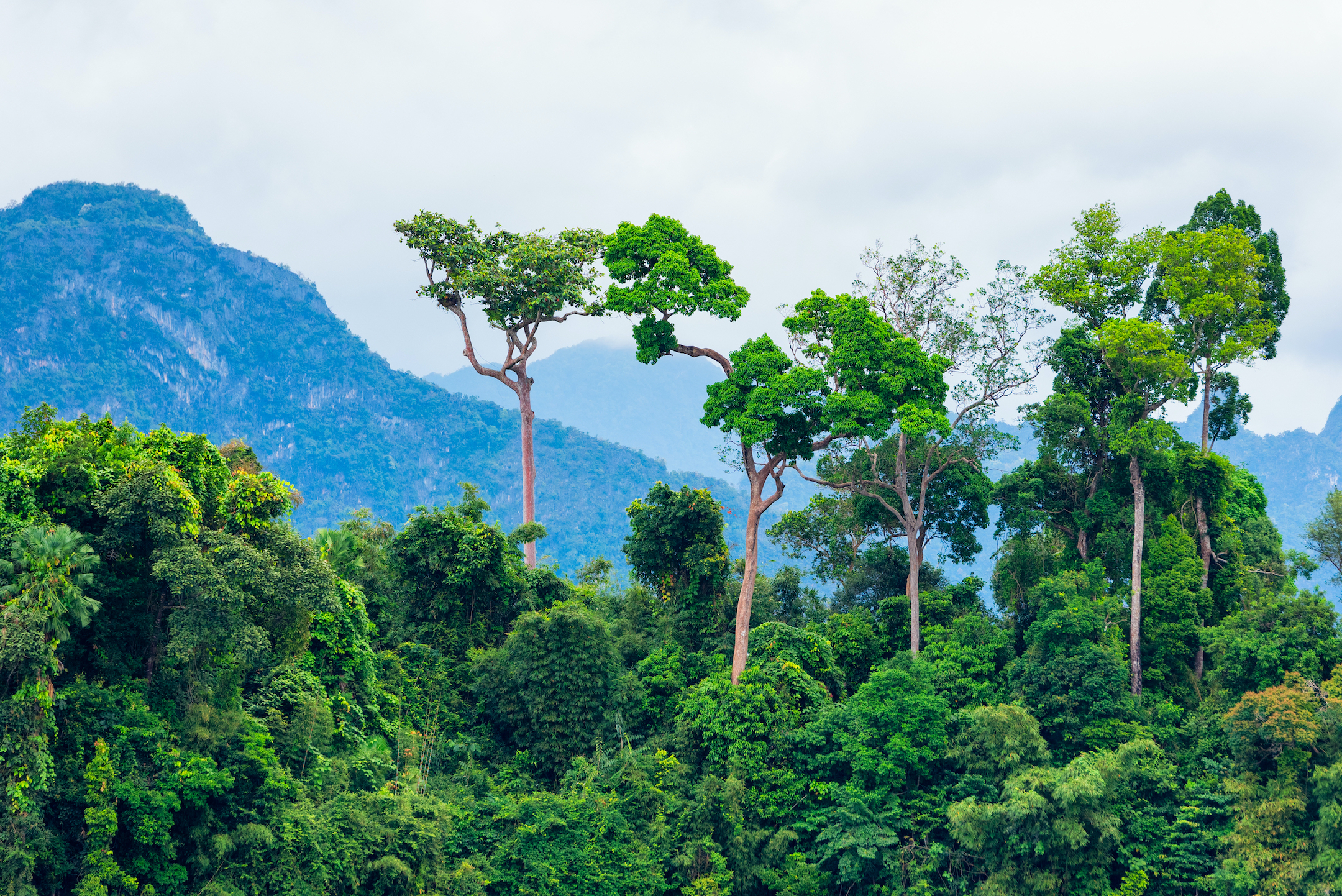We normally think of nature as a pre-existing set of elements or space. This is because we fail to recognise that every living being has exactly the same agency that we have towards not-living space. Every living being modifies the environment, just as we do. Plants, for example, shape the world through their very existence and every living species modifies other living species – again, just as we do.
In this sense, flowers are a very interesting part of the plant. We often forget that flowers are mainly sexual organs. In a way, that makes our practice of giving flowers to our partner very strange because every time that we do so, we are essentially offering a bunch of penises and vaginas. But flowers are also strange and interesting because they are ephemeral sexual organs. They are sexual organs which are built and rebuilt every spring. Moreover, they are normally hermaphrodites, containing both masculine and feminine parts, but self-fertilisation is impossible.
Therefore, the task of flowers is to attract an individual from not just a different species but an entirely different kingdom to enter the sexual encounter of vegetal individuals and to decide who is mating with whom. In this way, flowers are putting their own biological and genetic destiny into the hands of a different organism, a third organism belonging to a totally different kingdom.
Aesthetics in nature
This third individual who is shaping the genetic, anatomical and biological destiny of plants is not doing so on the basis of utility. It is not asking itself how to produce flowers that are able to adapt to the environment. It is just making choices on the basis of taste. Bees, for instance, are just looking for flowers that are more beautiful or sweeter. Taste is the criteria.
Species are made by other species, making them multi-species artefacts, and the quality or the texture of these artefacts is aesthetic. We have to accept not only that everything is made in nature – everything is artificial in nature – but that aesthetical factors are more important than we think. In this way, the evolution of flowers more closely resembles a huge multi-species biennial or art exhibition than a steady process of adaptation in nature.
There are also many examples of the importance of taste in the animal kingdom. This was observed by Darwin. We tend to focus on Darwin’s first important work, On the Origin of Species, published in 1859, and we neglect Darwin’s second book on evolution, The Descent of Man, and Selection in Relation to Sex, published in 1871. In this book, he affirms hypotheses that are in opposition to the first work.
For Darwin, the problem was that in some kingdoms – like birds or humans – a lot of morphological variety cannot be explained by natural selection. The main idea of natural selection was that nature produces a huge amount of variation, and then a force, which is not under the control of living beings, selects the individuals or variations that are better adapted to the environment.
But the morphological patterns on a peacock, for example, cannot be explained just through natural selection or the logic of adaptation because those patterns don’t make a peacock adapt better to one environment over another. Darwin’s idea was that we have to admit that those patterns are produced not by natural selection but by what he called sexual selection – the aesthetic judgement of the female, in the case of peacocks. In other words, some individuals within a species choose partners just because they are beautiful.
Species as works of art
This has been highlighted by biologist Richard Prum in his book The Evolution of Beauty, which provides more evidence of this phenomenon. Essentially, if we accept that the evolution of species is influenced by arbitrary and contingent choices of an aesthetical nature, then we have to admit that the species itself is a biotic art.
The form of a species is not evidence of nature adapting more to an environment. It shows that every species is just trying to give itself a form which is totally arbitrary, totally contingent, exactly like the history of art is not a teleological progression but a contingent and arbitrary succession of forms. Every species is performing a work of art. I have my form because someone – my mother – chose the aspect of my father. From this perspective, I am a performing artwork and my mother is the curator. That totally changes how we look at nature.
We could see nature as an artefact – not necessarily striving toward improvement or a better form of existence but, exactly like art, in movement toward something that is different but could fail. In that case, we have to acknowledge that nature is extremely vulnerable. It is also extremely unpredictable.
Nature is always trying to produce variety, not because it knows what is best but because it doesn’t know. This gives us more responsibility because it shows that everything is extremely fragile. However, it also gives us a lot of freedom because it means that everything is possible.


